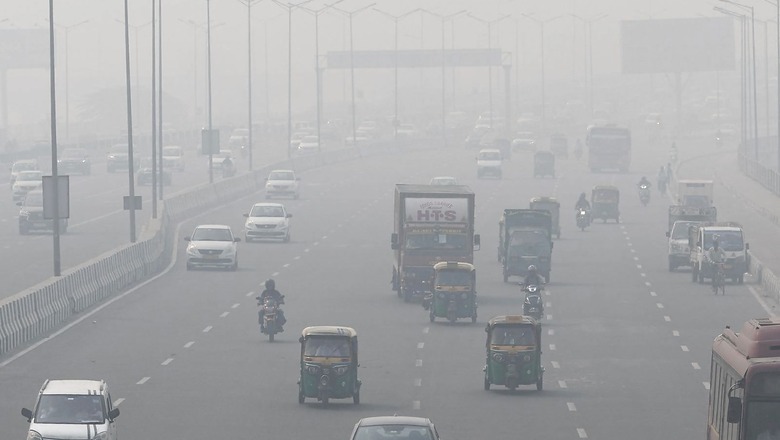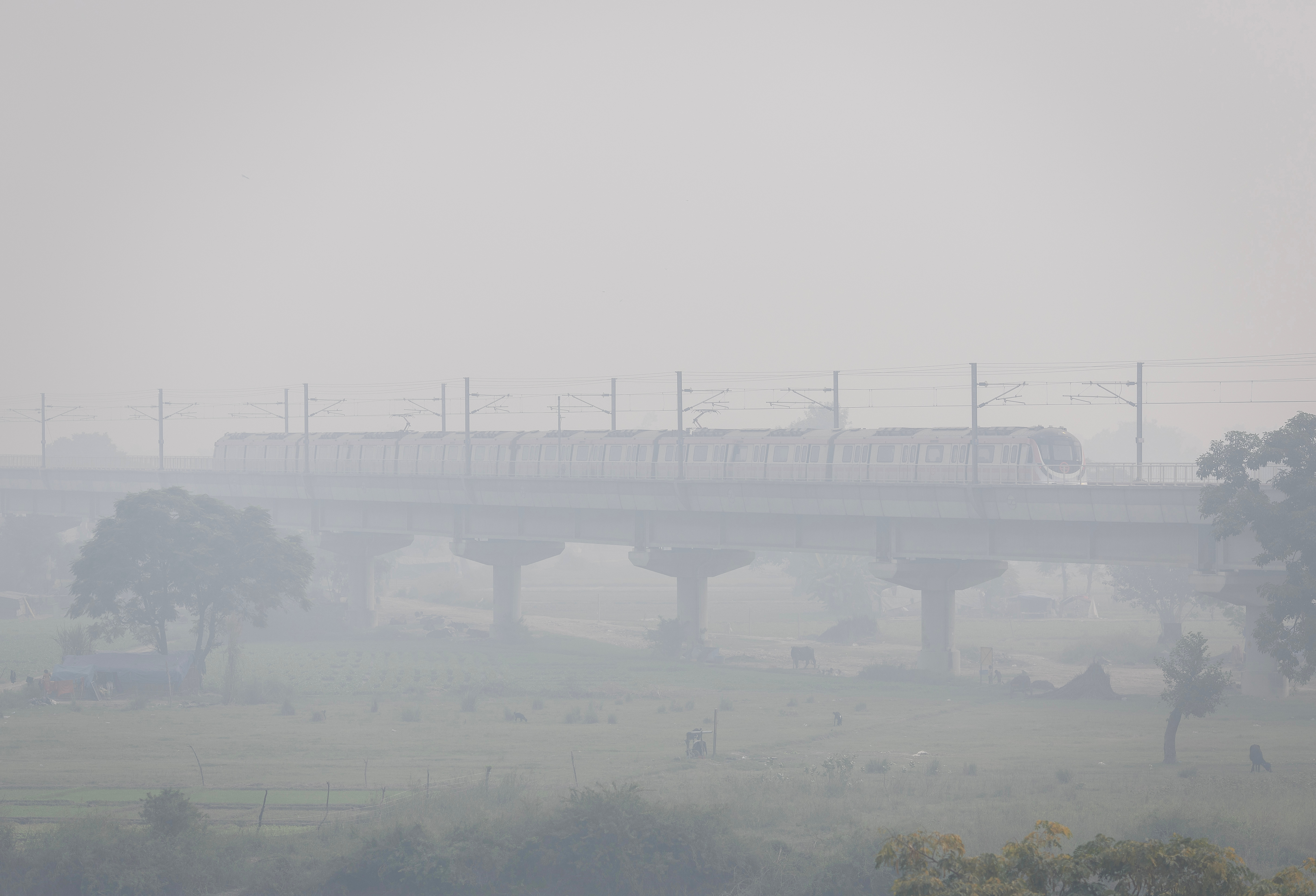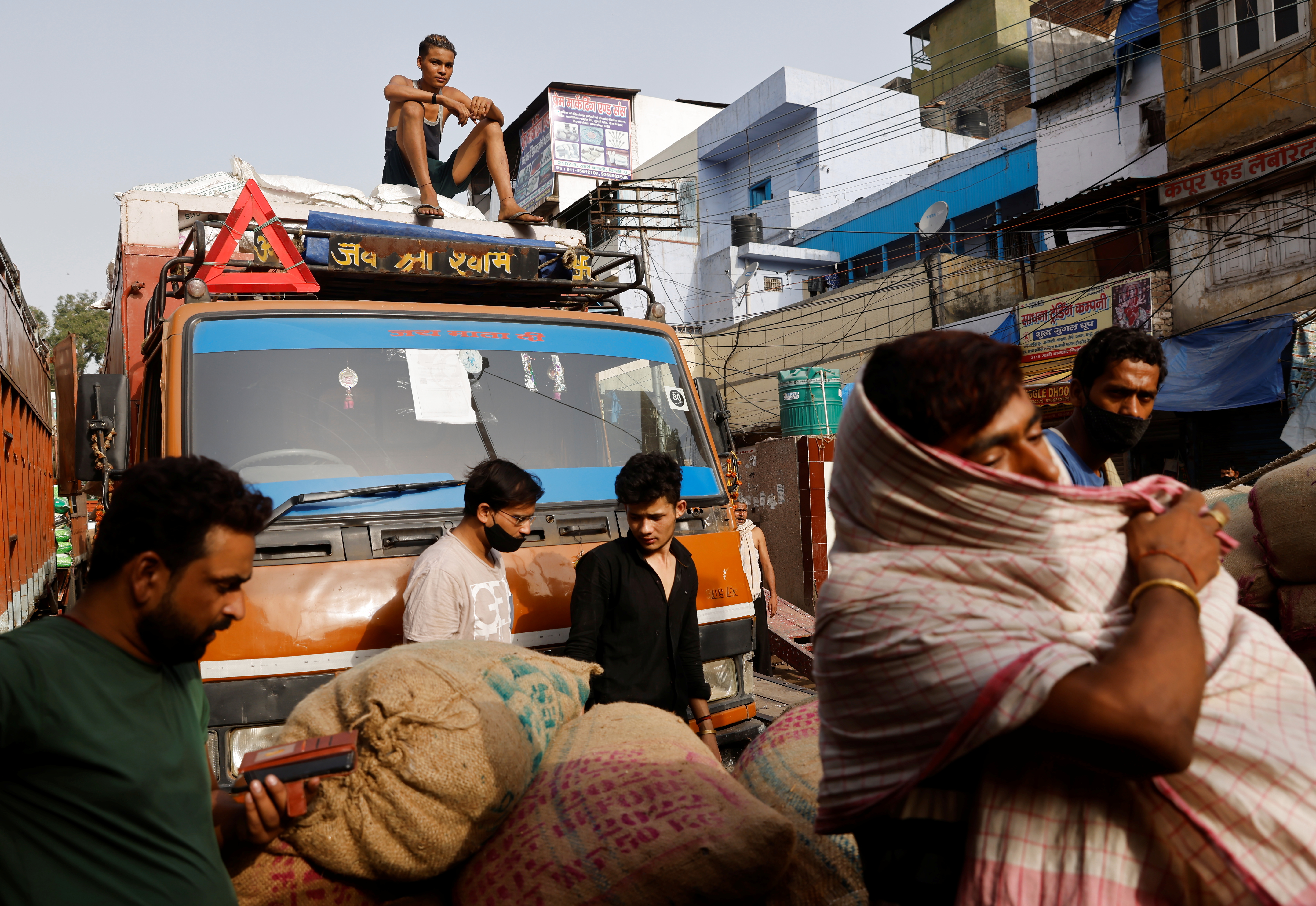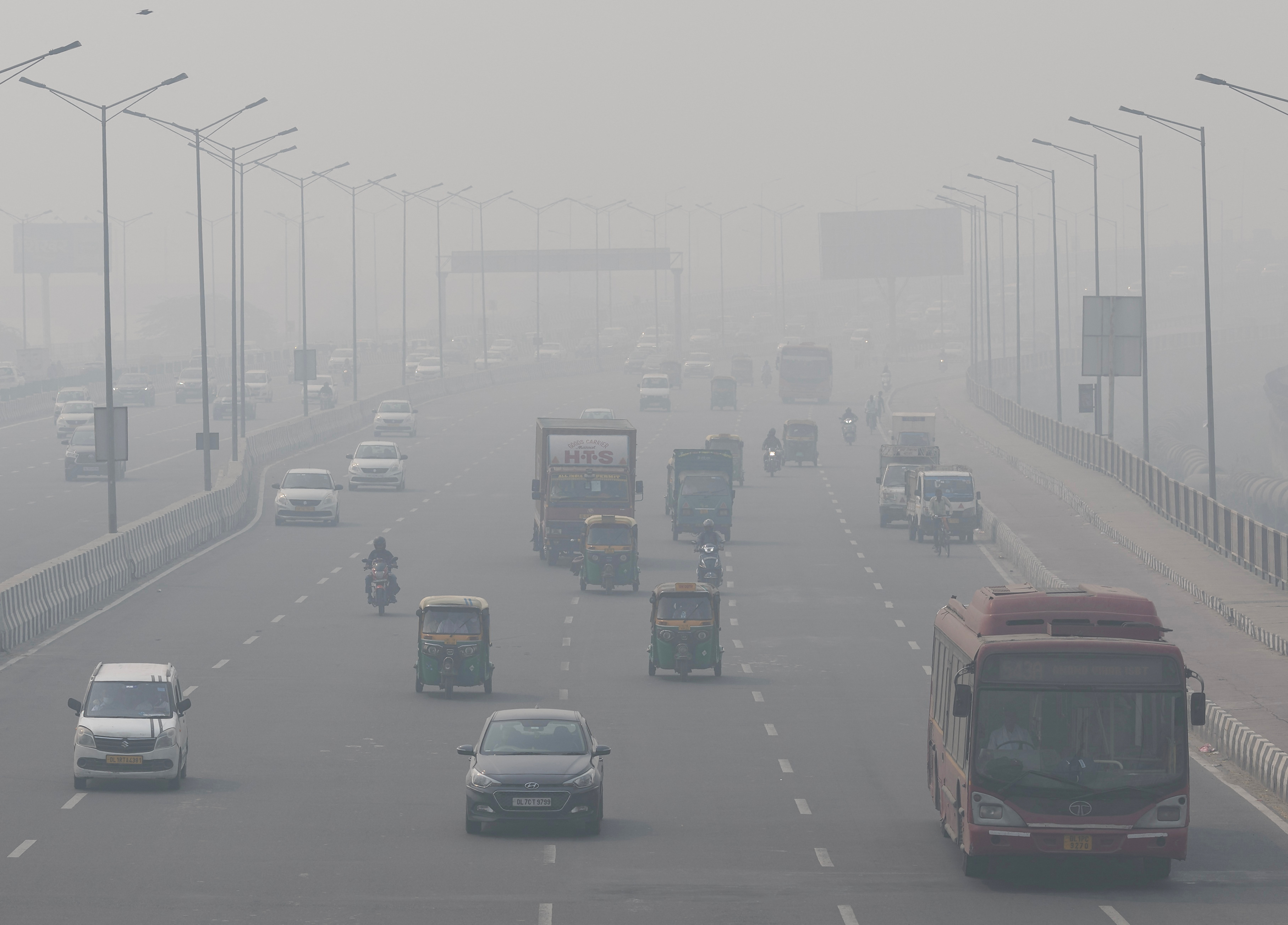
views
On Sunday, Delhi’s air pollution levels improved marginally to the lower end of the “very poor” category, prompting the Centre’s air quality panel to lift the new curbs imposed three days earlier. However, restrictions under stages 1–3 of the Graded Response Action Plan (GRAP) will remain in effect.
Delhi Environment Minister Gopal Rai on Monday also announced that primary schools will reopen from November 9, while that work from home had ended.
The GRAP is a collection of anti-air pollution measures implemented in the capital and its surrounding areas based on the severity of the situation. Under it, a number of graded measures, depending on the AQI level, are implemented to curb pollution in the city.
News18 explains what the lifting of Stage 4 of GRAP means for the public, with a deeper delve into Delhi’s GRAP plan:
What is GRAP?
GRAP is a set of emergency measures that kick in to prevent further deterioration of air quality in the Delhi-NCR region once it reaches a certain threshold. The plan was approved by the Supreme Court in 2016 and notified in 2017, was developed following several meetings held by the Environment Pollution (Prevention and Control) Authority (EPCA) with state government representatives and experts. As a result, a plan was developed that institutionalised measures to be implemented when air quality deteriorated.

The Commission for Air Quality Management in National Capital Region and Adjoining Areas (CAQM) began implementing the GRAP beginning 2021.
But something is different this year. Previously, measures were implemented only after pollution concentrations reached a certain level. This year, measures are being implemented in advance and will be implemented based on forecasts in an attempt to keep air quality from deteriorating further. The CAQM relies on air quality and meteorological forecasts provided by the Indian Institute of Tropical Meteorology (IITM) and the India Meteorological Department for this purpose (IMD).
Keeping in view significant improvement in Delhi’s AQI with favourable meteorological conditions including easterly winds, the GRAP Sub-Committee decides to revoke Stage IV – ‘Severe+’ GRAP category in the entire NCR with immediate effect.Contd. (1/3)— Commission for Air Quality Management (@CAQM_Official) November 6, 2022
GRAP classifies the air quality in the Delhi-NCR under four stages, which kick in accordingly:
Stage I – ‘Poor’ (AQI 201-300)
Stage II – ‘Very Poor’ (AQI 301-400)
Stage III – ‘Severe’ (AQI 401-450)
Stage IV – ‘Severe Plus’ (AQI >450)
What Does Lifting of GRAP Stage 4 Mean?
As Delhi’s air quality index spiralled to 450, just a notch short of the “severe plus” category, on Thursday, the Commission of Air Quality Management had directed authorities to ban the plying of non-BS VI diesel light motor vehicles in the city and adjoining NCR districts and the entry of trucks into the national capital as part of anti-pollution measures under stage IV of GRAP.

What the ban lift means, in simple points:
- The prohibition on driving non-BS VI diesel-powered light motor vehicles in Delhi-NCR will be lifted.
- Trucks will be permitted to enter the capital.
- Non-essential construction activities will continue to be prohibited. Highways, roads, flyovers, overbridges, power transmission, and pipelines will all be permitted.
- Primary schools are currently closed until November 8. Schools will not be permitted to conduct outdoor activities until that time.
- Actions under GRAP stages I–III will continue to be invoked and implemented, monitored, and reviewed by all agencies involved to ensure that AQI levels do not fall further into the ‘severe’ category.
How Has Pollution Improved & Was the Lifting ‘Rushed’?
Due to favourable wind speed and a decrease in the contribution of stubble burning, Delhi’s air pollution levels were recorded as “very poor” on Sunday. The Central Pollution Control Board reported that the 24-hour average air quality index was 339 at 4 p.m., down from 381 the day before. On Friday, it was 447.

However, some experts expressed alarm on revoking the curbs, calling it a ‘hasty decision’, PTI reported.
Environmentalist Vimlendu Jha said it could be too soon to revoke curbs as the air quality has improved a wee bit due to favourable wind speed and will go back to the ‘severe’ category in a couple of days. “These are knee jerk reactions and should be avoided. It is too soon to do away with the restrictions. The government should instead analyse the situation and bide some time before revoking the curbs because this situation will be there for a long time,” he added.

Concurring with him, environmentalist Jyoti Pande said the government has been undertaking fire-fighting measures instead of controlling emissions and the sources of pollution. “Every year, the GRAP comes in and curbs are implemented. GRAP is a fire-fighting exercise,” she said.
However, the order from the CAQM while lifting the curbs said the forecast by IMD/IITM did not indicate a steep degradation further. “As the present AQI level of Delhi is around 339 which is about 111 AQI points below the threshold for invoking the GRAP Stage-IV actions (Delhi AQI > 450) and preventive/ mitigative/ restrictive actions under all stages up to Stage-IV are underway, there is a likelihood of sustaining the improvement in AQI. The forecast by IMD/ IITM also does not indicate any steep degradation further,” it said.
Will Other Curbs be Further Lifted?
Delhi Environment Minister Gopal Rai chaired a high-level meeting Monday to discuss the new directions by the Centre’s air quality panel about revoking curbs imposed under the final stage of the Graded Response Action Plan, officials said.
Primary schools will be reopened from November 9 and the order asking 50 per cent of the government staff to work from home was also revoked at the meeting.
With inputs from PTI
Read all the Latest Explainers here




















Comments
0 comment